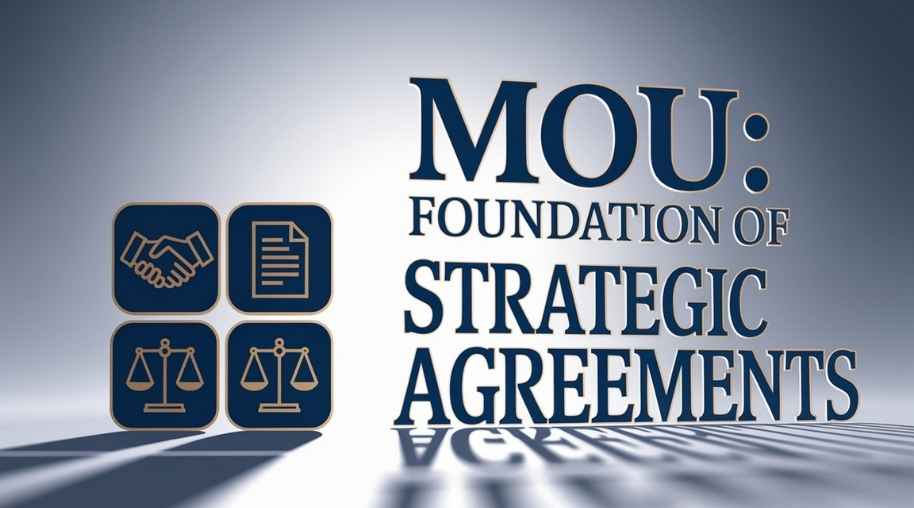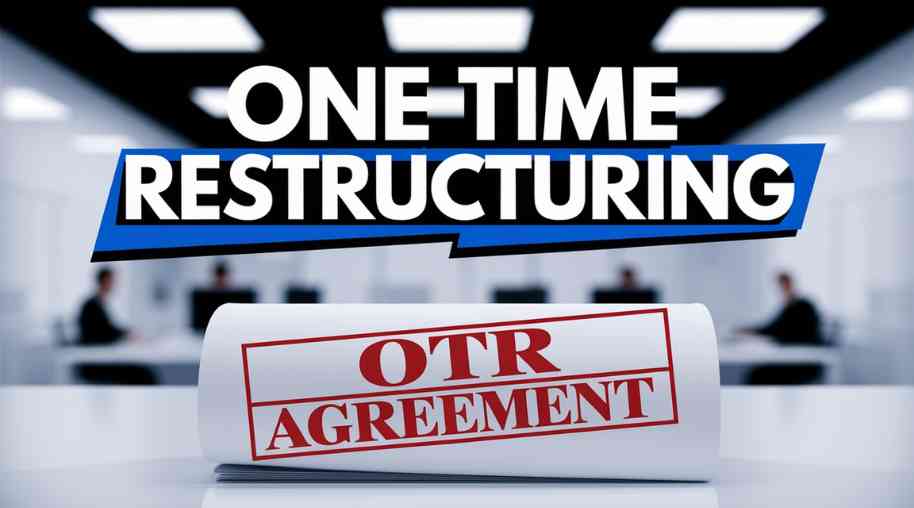DAD Full Form - Deposit Accounts Department
by Shashi Gaherwar
0 1957
Deposit Accounts Department: Managing Financial Solutions for Customers
The Deposit Accounts Department is a crucial segment of any banking institution, managing various types of deposit accounts and ensuring smooth financial transactions for customers. This department plays a significant role in facilitating savings, enabling seamless transactions, and offering secure financial solutions for individuals and businesses alike.

Understanding how the Deposit Accounts Department functions, the different types of deposit accounts it offers, and the benefits of these accounts can help customers make informed financial decisions. This article provides a detailed overview of the Deposit Accounts Department and its importance in modern banking.
Functions of the Deposit Accounts Department
The Deposit Accounts Department serves as the backbone of a bank's retail and corporate banking operations. Some of its primary functions include:
- Opening and Managing Accounts: Assisting customers in opening different types of accounts and maintaining account records while ensuring compliance with regulatory requirements.
- Processing Deposits and Withdrawals: Handling cash and non-cash deposits (e.g., electronic transfers, checks) and facilitating withdrawals through ATMs, bank counters, and online banking.
- Interest Calculation and Payment: Calculating and crediting interest to savings and fixed deposit accounts, adjusting interest rates based on central bank policies and bank regulations.
- Providing Account-Related Services: Issuing checkbooks, debit cards, and passbooks, and offering mobile and internet banking services for easy access to funds.
- Ensuring Compliance and Security: Implementing anti-money laundering (AML) and Know Your Customer (KYC) guidelines, safeguarding customer data, and preventing fraudulent activities.
Types of Deposit Accounts
Banks offer various deposit accounts to cater to different financial needs. The most common types include:
- Savings Account: Designed for individuals who want to save money while earning interest. Features include interest on deposited funds, easy withdrawals and deposits, and access to ATM and online banking services. Best for salaried individuals, students, and those looking to build savings.
- Current Account: Primarily used by businesses and professionals requiring frequent transactions. Features include no limits on deposits and withdrawals, an overdraft facility in some cases, and no interest on balance maintained. Best for businesses, traders, and self-employed professionals.
- Fixed Deposit (FD) Account: Offers a higher interest rate for funds locked for a fixed tenure. Features include a fixed maturity period (e.g., 6 months, 1 year, 5 years), higher interest rates compared to savings accounts, and penalties for premature withdrawal. Best for investors seeking stable returns and capital safety.
- Recurring Deposit (RD) Account: Allows individuals to deposit a fixed amount monthly and earn interest. Features include regular deposits to encourage saving habits, a fixed tenure (e.g., 6 months to 10 years), and higher interest rates than savings accounts. Best for salaried individuals and those seeking disciplined savings.
- Term Deposits (Long-Term Savings): Combine features of fixed and recurring deposits for long-term financial planning. Best for retirement savings and future financial goals.
Benefits of Having a Deposit Account
Opening a deposit account provides multiple advantages for individuals and businesses:
- Safety of Funds: Banks offer secure storage for money, reducing risks compared to keeping cash.
- Interest Earnings: Savings and fixed deposit accounts generate interest, helping money grow over time.
- Easy Transactions: Funds can be easily transferred, withdrawn, and deposited through various banking channels.
- Access to Banking Services: Having a deposit account enables access to loans, credit cards, and investment opportunities.
- Financial Planning and Budgeting: Different account types help in managing personal and business finances effectively.
How to Open a Deposit Account
The process of opening a deposit account is straightforward:
- Choose the Right Account Type: Assess financial goals and select the most suitable deposit account.
- Gather Required Documents: Provide KYC documents such as ID proof, address proof, PAN card, and passport-sized photos.
- Visit the Bank or Apply Online: Most banks allow account opening through branch visits or online applications.
- Complete the Application Form: Fill out the required form and submit necessary documents.
- Deposit Initial Funds: Make the minimum required deposit depending on the account type.
- Account Activation and Services Setup: Once verified, the bank activates the account and provides access to online banking, checkbooks, and debit cards.
The Deposit Accounts Department plays a vital role in banking operations, ensuring the smooth management of different types of deposit accounts. From providing secure savings options to facilitating business transactions, deposit accounts are integral to financial stability and growth. Understanding the features, benefits, and processes involved in opening a deposit account allows individuals and businesses to maximize their banking experience. Whether it’s a savings account for everyday transactions or a fixed deposit for long-term investment, choosing the right deposit account is essential for financial success.
Further Learning Resources
If you’re passionate about building a successful blogging website, check out this helpful guide at Coding Tag – How to Start a Successful Blog. It offers practical steps and expert tips to kickstart your blogging journey!
For dedicated UPSC exam preparation, we highly recommend visiting www.iasmania.com. It offers well-structured resources, current affairs, and subject-wise notes tailored specifically for aspirants. Start your journey today!

Share:








Comments
Waiting for your comments